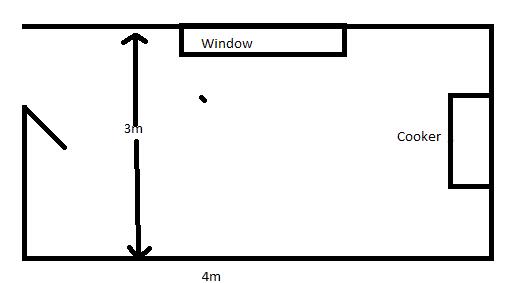Geez why are down lighters so complicated. I have NEVER installed them before.
They are a pain, especially if you need to make access to install cables.
My first question I have a kitchen How many lights do I need.
If there is a trade rule of thumb I would like to know about it.
The number will depend on the size of the room. Generally a distance of between each lamp of 300mm-1200mm and somewhere between 600mm-1000mm from wall perimeters. Your kitchen layout may dictate as will the location of joists, noggins, pipework, other electrical cables and any other obstructions in the ceiling void.
Also AFAIK the transformers feeding the lights don't have loops like ceiling roses. Why not ? What happened to the kiss principle?
yourself, The manufacture of light fittings and accessories, general don't care about the difficulty posed to the installer.
This something you need to get round
Anyway I was thinking using a choc box then have t&e loose so it can go through the hole. I can them easily attach transformer then stick it back up. Also allows for service in case the transformer dies on me. The area am trying to cover is 4m deep by 3m wide
http://www.dusklights.co.uk/technical-advice/fitting-downlights.html
All joints will require to be accessible for maintenance, inspection and testing. So what ever you use provide for that.
There are number of connection units that can be used varying in prices, choc box and connector strip are the cheapest method. Remember that connection must be enclosed. so accidental contact to conductors can be made and they should have grip for the cable. Also you may require to drill through or notch joist(try to avoid the latter). There are regulations regarding this that must be complied to.
//www.diynot.com/wiki/electrics:installation_techniques:route
Also any newly buried cable within walls will need to be routed in permitted safe zones.
//www.diynot.com/wiki/electrics:installation_techniques:walls
And very likely to require 30mA RCD protection, chases within solid wall also are regulated by building controls. Take a look at building regulation approved document Part A also I would be looking at Part B, C and L.
All can be found here.
http://www.planningportal.gov.uk/buildingregulations/approveddocuments/
Downlights lovely..............



PS. The lamp and transformers require ventilation, so don't surround with thermal insulation.



